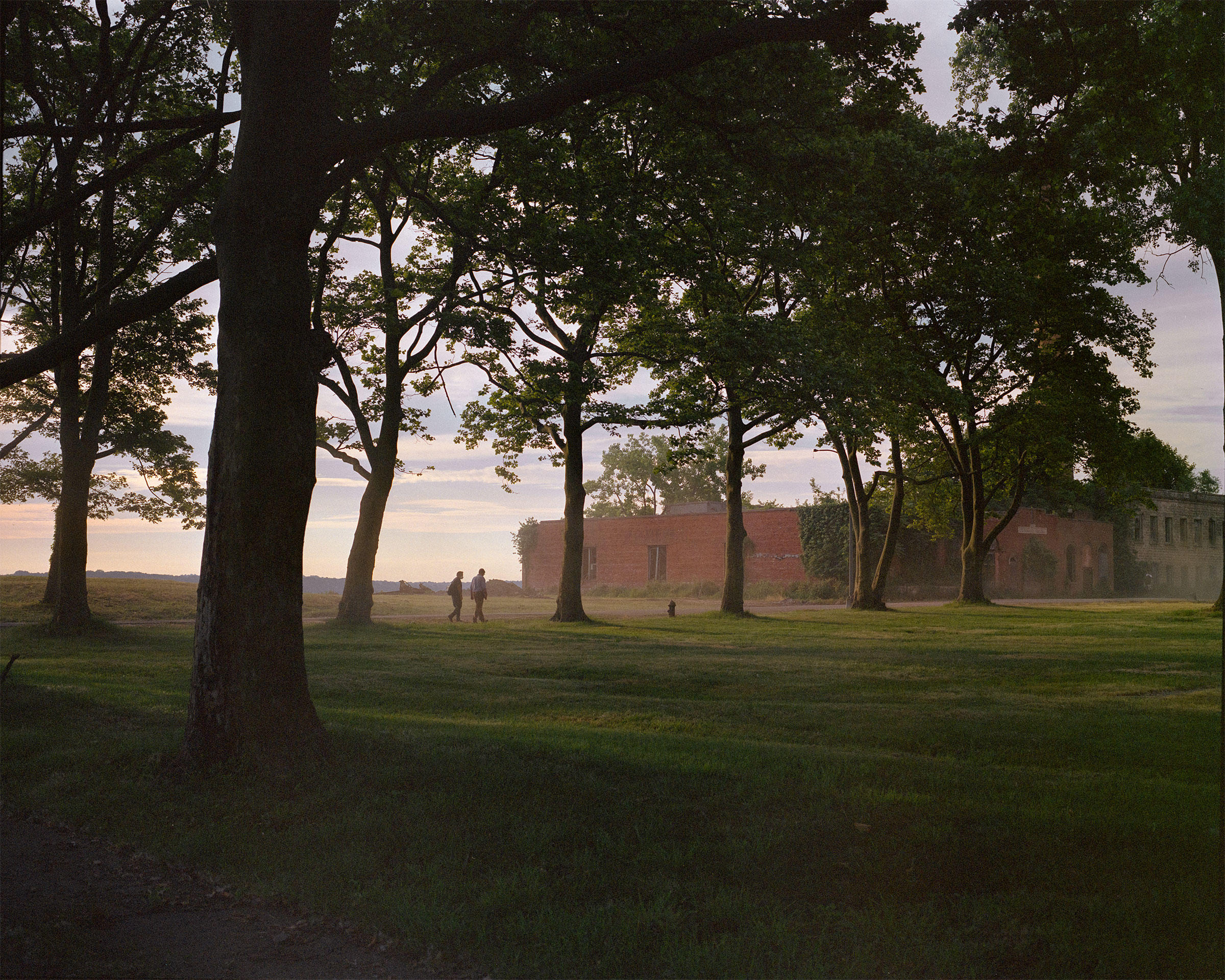The sun has barely risen above the glassy surface of Long Island Sound. A breeze sweeps over an island half a mile from the Bronx where 15 workers watch a backhoe remove the layer of soil that separates a mass grave from the outside world. There are 1,165 identical pine caskets stacked three high, two wide in this football-field-size pit. The men are here to find and dig up casket No. 40-3.
The backhoe churns up a layer of gray sand, a sign that the caskets are close. Already sweating in their hazmat suits, the workers climb 10 ft. down into the hole, shovels in their gloved hands. The grave is more than two months old. The smell seeps through their protective masks. As they dig, three coffins come into view, identifying numbers bored into the pine at one end. “Four-zero-dash-three,” one of the men shouts over the noise of the diesel engine. They set about retrieving the box, and its occupant, from the anonymous earth.
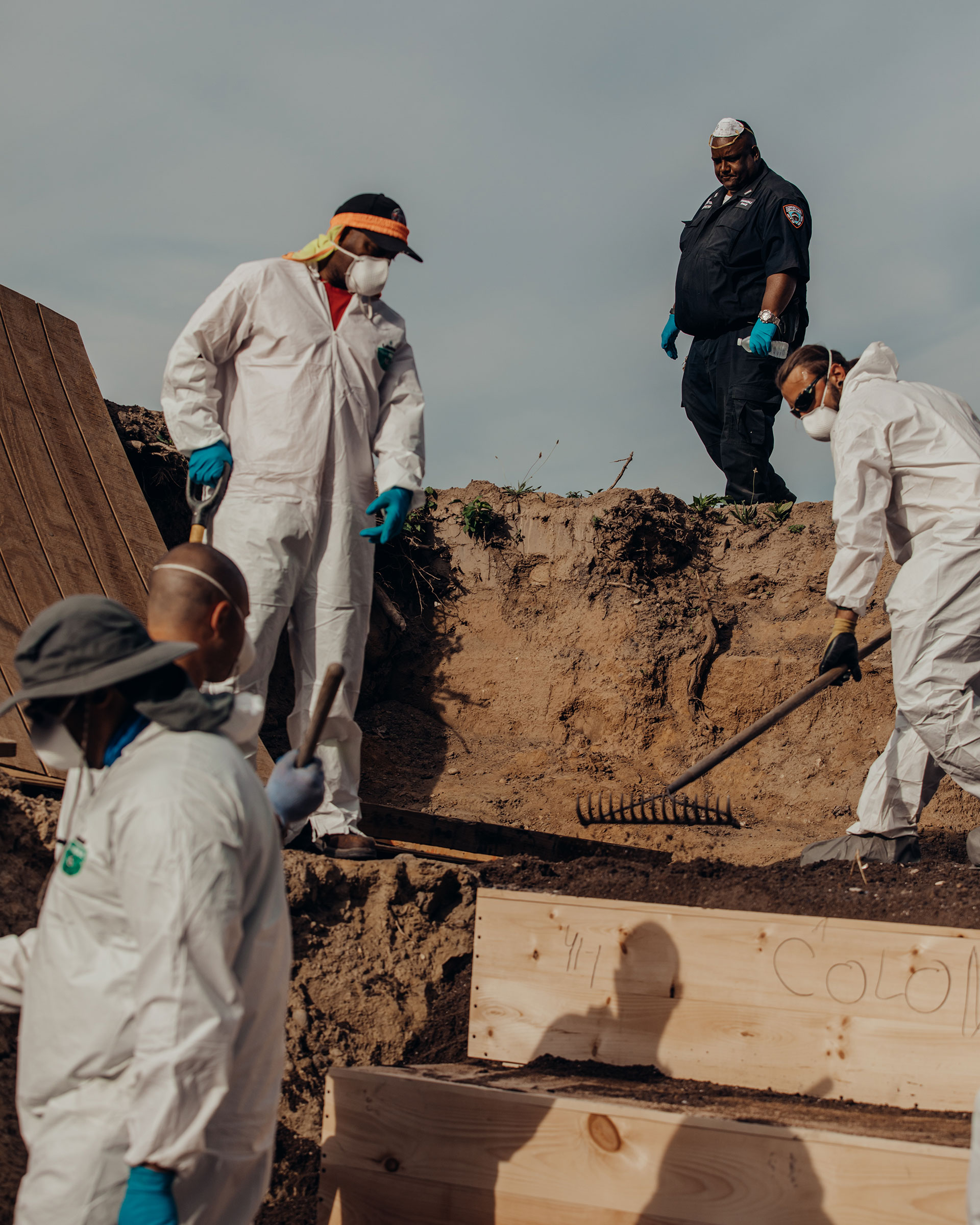
Hart Island is a graveyard of last resort. Since 1869, New York City has owned and operated this potter’s field—the largest in the country. City workers put unidentified or unclaimed corpses in simple wooden coffins, load them onto a ferry and entomb them in trenches across the island. The homeless, indigent and stillborn all lie within eyesight of the hyper-kinetic, high-rolling inhabitants of the Manhattan skyscrapers across the water. “Hart Island is like a shadow of New York City,” says Justin von Bujdoss, 45, the cemetery’s chaplain. “It reflects the lives of people who live on the margins—the homeless, the sickly, the neglected, the forgotten and overworked.” Over a century and a half, more than a million people have been buried in unmarked graves on the island, including from past epidemics like tuberculosis, the 1918 flu and AIDS.
“No one lives their lives believing it will end here,” von Bujdoss says.
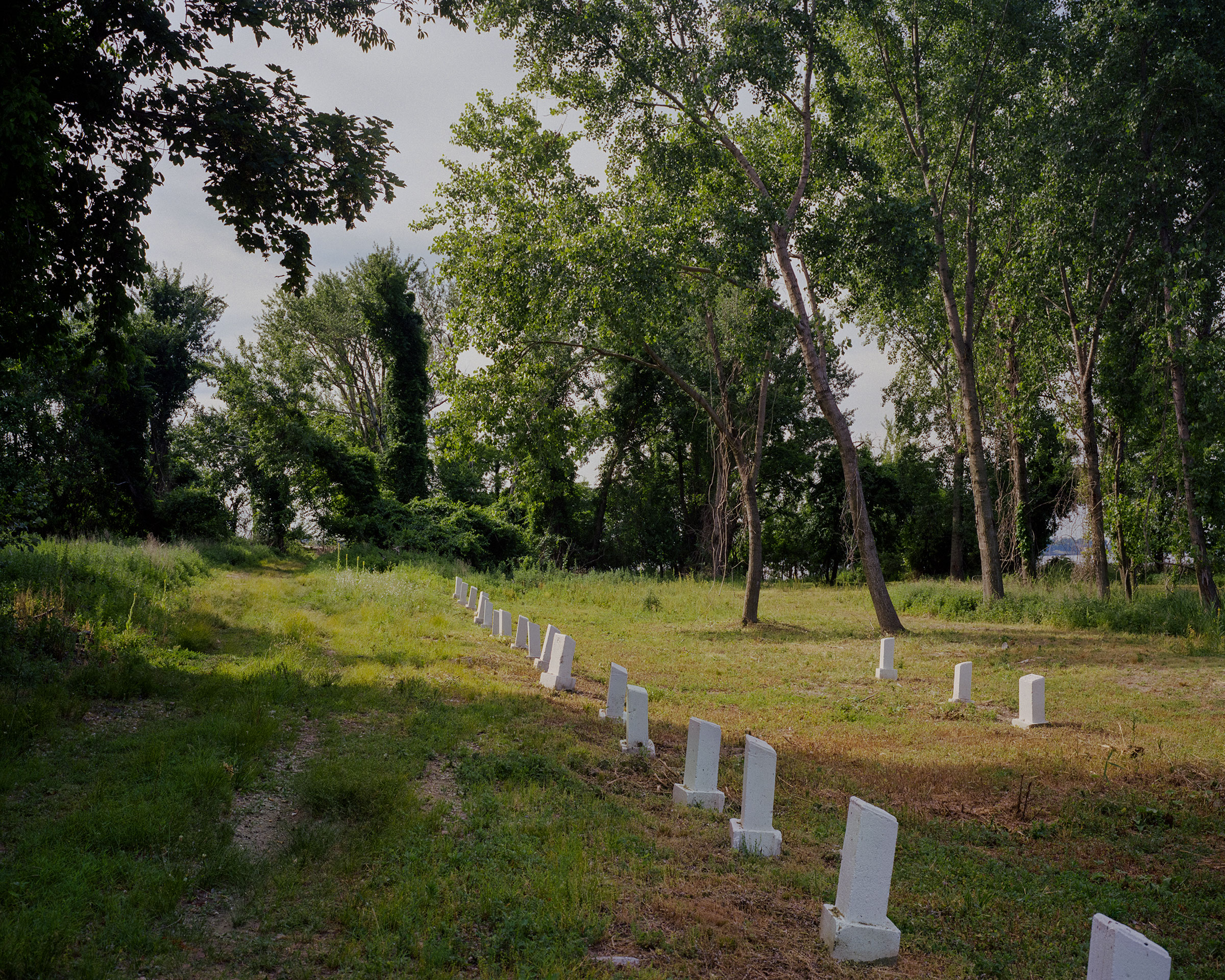
But nine months into the pandemic that has killed more than 250,000 Americans, one lesson is clear: no one escapes the virus. It infects paupers and Presidents alike. Even those who don’t get it have been affected as the disease crushes economies, strains our health care system and pulls comfortable families back into hardship. Hart Island is once again reflecting this latest dark truth: many who thought they were immune to America’s inequalities are vulnerable in this pandemic.
At the height of the outbreak last spring, New York’s hospital morgues and mortuaries became overwhelmed, and the mass graves on Hart Island emerged as an expedient option for the city’s fast-rising number of dead. More coffins were stacked aboard the ferry dispatched to the dock here. More trenches were dug. Through the end of October, 2,009 New Yorkers have been buried on Hart Island in 2020, more than double last year’s total of 846.
No one knows how many of the people arriving here died of COVID-19. At points, the city was so overwhelmed that bodies were sent to the island before authorities had a chance to determine their cause of death or track down next of kin. Some families chose to have their loved ones buried here. Some families had no other option. And some families weren’t aware their relative had died in the first place. “We figured that most of them would be disinterred because we were moving so quickly,” says Alex Mahoney, 55, executive director of facilities at the city’s department of correction (DOC), which oversees operations at the cemetery.
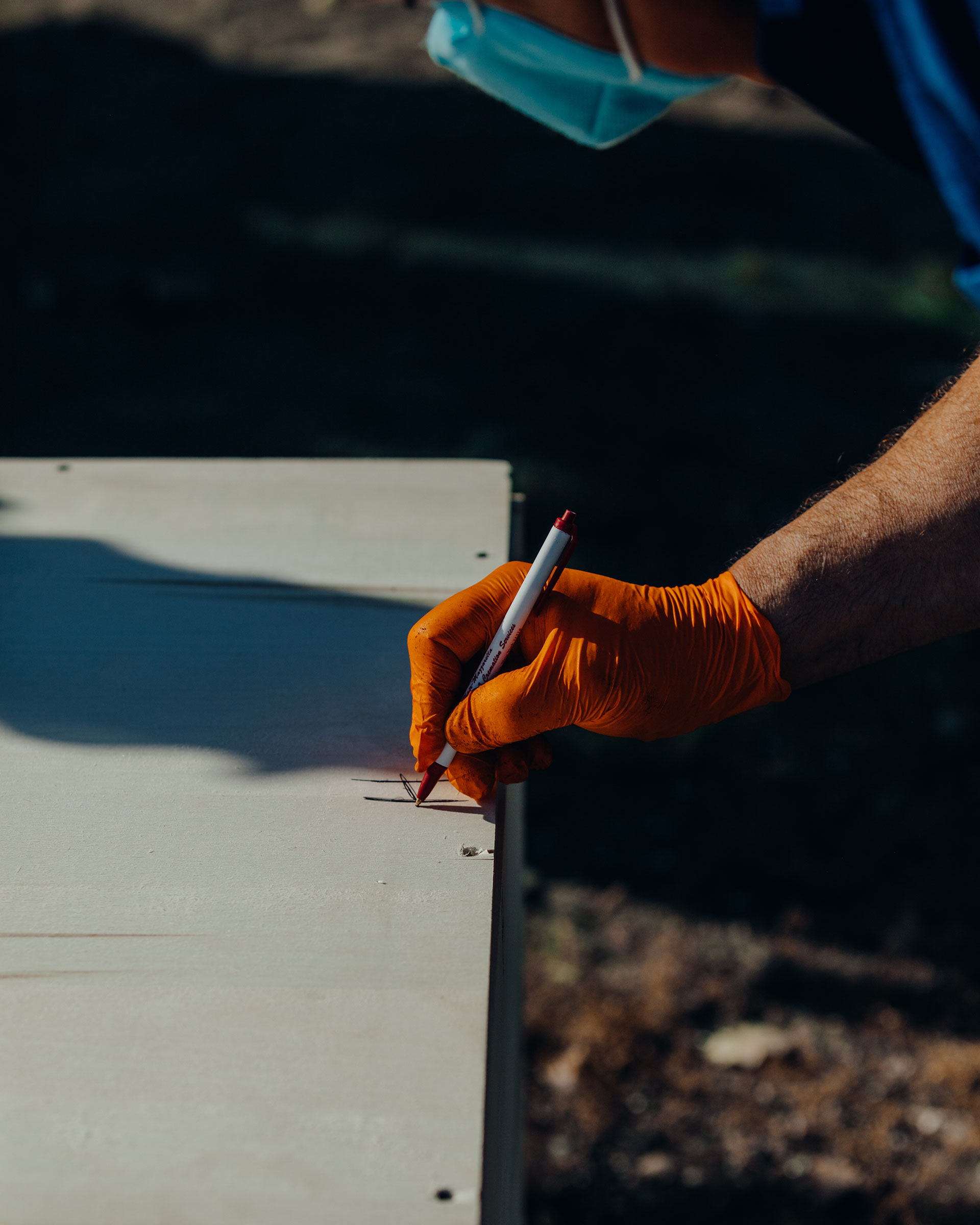
Not all of them were forgotten. Social workers, government employees and families have worked to identify people lost in the chaos of the COVID-19 crisis, and now, where once the ferry ride to Hart Island was usually a one-way crossing, dozens of those interred here this year are expected to make the trip back. So far, 32 bodies buried in 2020 have been claimed and removed from the graveyard.
As infections spike this fall, New York City is bracing for another wave of death. The coroner’s office has once again readied the temporary morgues and box trucks that hold the dead before they head for the potter’s field. In October alone, 360 corpses were buried on Hart Island, more than four times as many as in the same month last year. As they prepare for the next crisis, city officials anticipate more family members will come forward to exhume their loved ones.
No one knows who will be carried across the water to Hart Island on the next waves of the dead. No one knows who will be brought back from its anonymous earth by shovel-bearing workers in hazmat suits. This summer, TIME was granted unprecedented access to Hart Island to observe burial and exhumation operations and, on June 26, witnessed the retrieval and formal reburial of casket 40-3 and its occupant, Ellen F. Torron. This is her story.
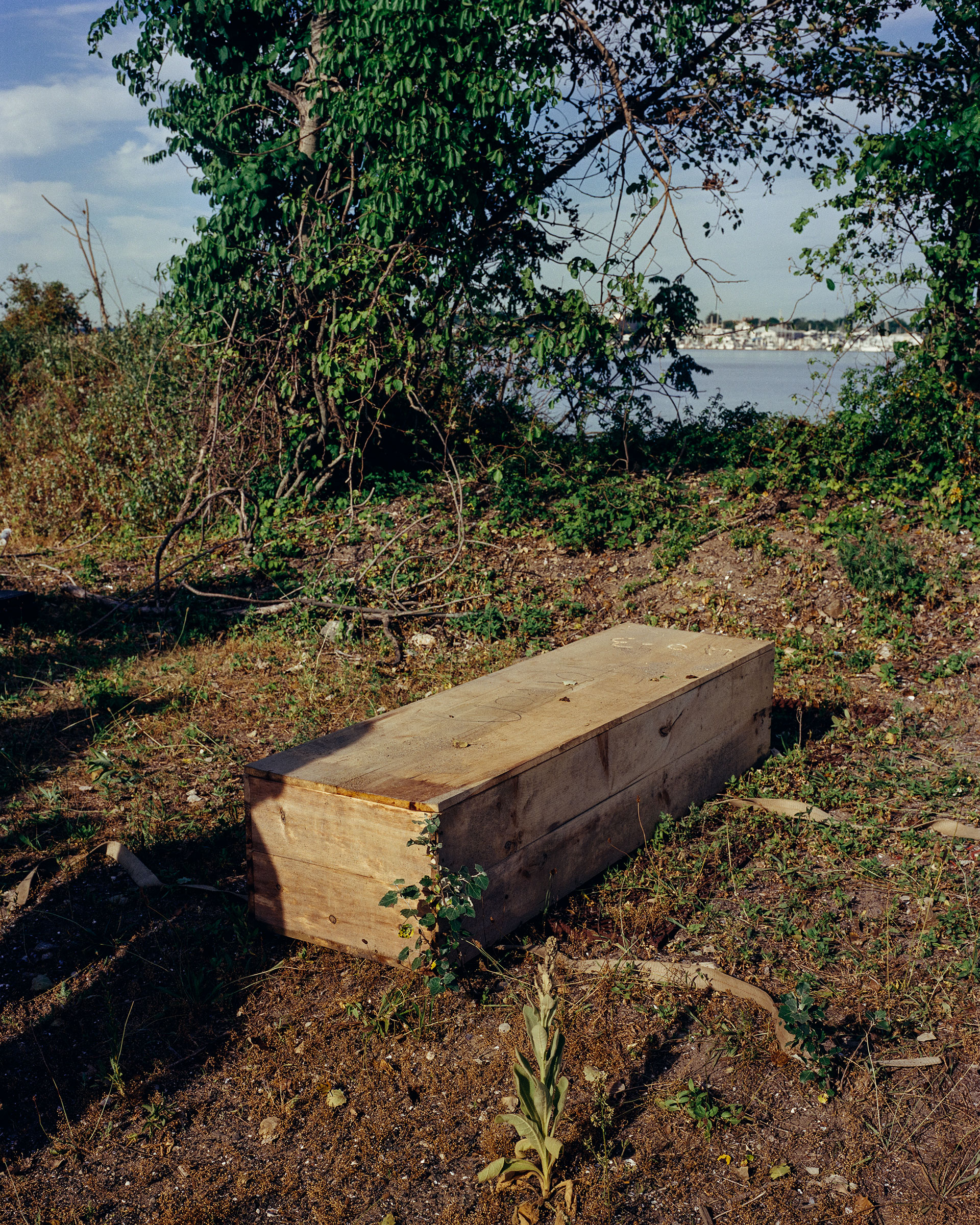
The first sign of trouble came when tenants of the red brick Queens apartment building complained about a lingering smell on the fifth floor. Their calls went to Enis Radoncic, 43, a hardworking Bosnian immigrant, who is the building’s porter. He thought it might be a plumbing problem and that it would dissipate. But it didn’t.
Radoncic ultimately traced the stench to the unit next to the elevator, 5G, which belonged to Ellen Torron, a slight 74-year-old woman with short gray hair and piercing dark brown eyes who had lived alone in the building for more than 20 years. She tended to shy away from small talk and appeared to be something of a germaphobe, covering her hands with surgeon’s gloves and her face with a mask—even before the pandemic.
It didn’t surprise Radoncic when she didn’t answer his knocks at the door nor the letter he slid underneath it. But after calls to her cell phone went unanswered, he called the police. “We thought she barricaded herself inside because she was scared of the virus,” Radoncic says.
At around 2 p.m. on March 16, Radoncic watched as a locksmith picked the nickel-plated dead bolt to allow New York police officers inside her apartment. The odor swept over them, forcing their hands to their noses. When the dull gray door swung open, it revealed a floor-to-ceiling mess inside the 800-sq.-ft. studio apartment.
Torron was a hoarder. Discarded Stouffer’s micro-wave dinner boxes, empty SkinnyPop chip bags, mismatched suitcases, bags of trash, clothes, books, magazines and paperwork were tangled together, waist-high. The police pushed inside, following a narrow path carved among the thousands of things packed tightly from the front door to her twin bed and from there to her adjoining bathroom. In the bathtub, they found Torron’s body under the murky water. She had been dead for days, possibly weeks.
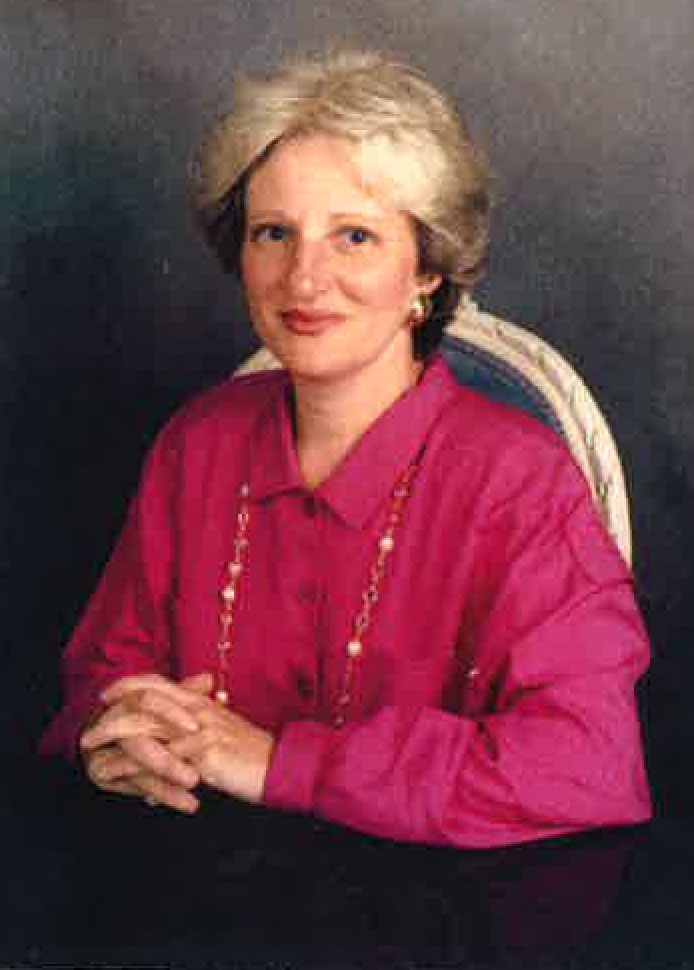
Cable news droned away on her flat-screen television. The letter from building management remained unopened at the foot of the door. There were no signs of struggle or injury, and police ruled out foul play. After Radoncic identified Torron’s bloated body, a transport team from the office of the chief medical examiner zipped her into a body bag and drove her in a black truck to the morgue at Queens Hospital Center.
No friends or family came forward to claim the remains. Radoncic and neighbors did not know of any spouse or children. The job of settling her estate fell to the Queens County public administrator, an obscure agency that identifies unclaimed persons’ financial assets and next of kin. On a cursory look around the apartment, investigators found Torron’s birth certificate. But the pandemic’s crush of cases and enforced lockdowns prevented investigators from returning to her apartment to rummage for evidence of a burial plot, any life savings or a will.
So Torron’s last wishes remained unknown as her body lay inside a refrigerated drawer at the morgue for the next 24 days. An autopsy determined her cause of death was arteriosclerotic cardiovascular disease. The medical examiner couldn’t tell whether or not she had contracted COVID-19, but she died just as the disease was beginning to ravage New York City. In March and April, the death count mounted to more than 27,000, or six times the normal level, and the city’s death care system was overwhelmed. The influx of corpses forced municipal morgues to free up space. With room running out, Torron’s body was placed inside a pine box and prepared for passage to Hart Island.

Just after dawn on April 9, a white box truck carrying Torron’s body and 23 other dead New Yorkers rolled onto the 58-year-old steel ferry, the Michael Cosgrove, for the half-mile voyage from a fenced-off pier on City Island. It’s a 10-minute trip. Once the boat makes its way across the water, it slows to a putter near the dock. Two crew members jump out and begin pulling steel chains that lower a short mechanical dock into place, inch by inch.
The truck lurches forward onto the island and turns east down a gravel road below a lane of willows, scattering a family of deer. It rumbles past crumbling, abandoned brick buildings once used to house a mental hospital, a tuberculosis sanitarium, a drug addicts’ workhouse, a boys’ reformatory and a host of other Dickensian operations since the Civil War. The cemetery run on the island has always been part of this place.
Potter’s field is a biblical term from the New Testament that refers to land purchased by Jewish high priests with the 30 pieces of silver returned by a repentant Judas. The clay-heavy land was unsuitable for farming, so it would instead be used to bury “strangers.” In New York City, these strangers have always been a cross section of America’s down-trodden and overlooked: poor workers of all races and backgrounds, criminals, the mentally ill and any unidentified person with no one to claim them.
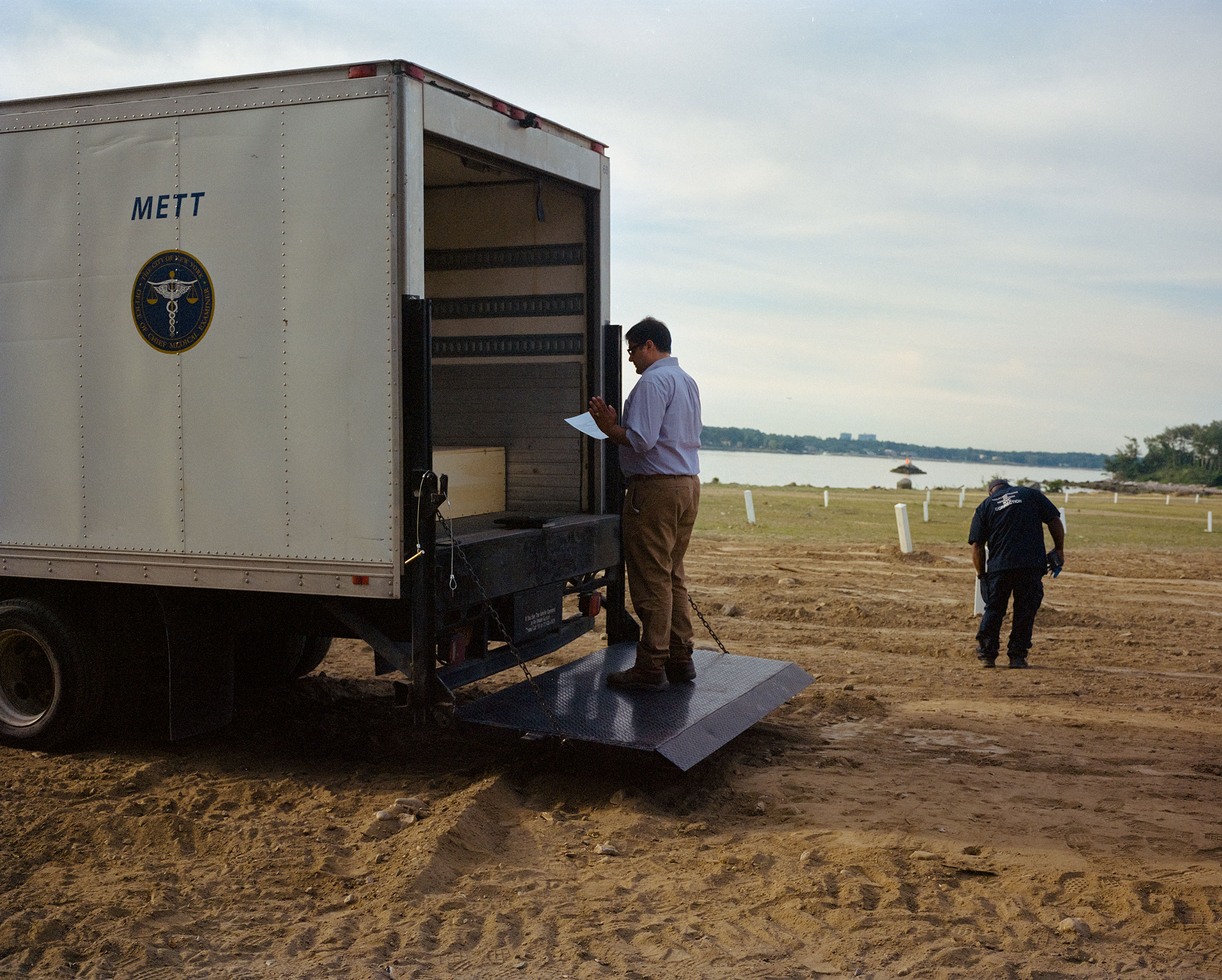
A cemetery, especially one with more than 1 million bodies, is a place where you would expect people to gather to celebrate many lives lived. Not here. Hart Island may be a rather easy place to reach if you’re deceased but not if you’re among the living. Family-member graveside visits are allowed only twice a month, require weeks of careful planning and must be authorized by the DOC, which for much of the past 151 years has been responsible for providing the labor and oversight for the burials at Hart Island.
The bodies are buried over 131 acres of rolling meadows. The only signs of the dead are 3-ft. white posts stuck in the ground every 25 yd. or so. Each marker signifies 150 bodies below, and they are every-where on the island. Quiet reigns on Hart Island, except for the occasional jangle of a nearby bell buoy afloat in the water. Sailboats glide along in the distance. Seagulls wheel overhead and nibble atop rocks half submerged in the receding tide. Bones are sometimes found jutting from the coastline where erosion has washed away the soil.
Hart Island is a uniquely New York phenomenon. In other cities, the indigent are cremated or buried at a traditional cemetery. Here, they’re buried together on an island inaccessible to most city residents. Although most New Yorkers are oblivious to its existence, Hart Island is a necessary by-product of a sprawling metropolis—not everyone can afford a formal funeral. And to people who oversee the graveyard, burial is a more sensible option than cremation. “What if someone is sent by mistake?” says Captain Martin Thompson, 59, of the city’s DOC, who has overseen operations on Hart Island for 15 years. “You can’t reverse a cremation.”
When Torron arrived, COVID-19 was triggering the biggest shift in operations on the island in a century and a half. The week beginning April 6, 138 people were buried there as a result of COVID-19 because morgues were overfilled; at one point, the rate of burials went from roughly 25 a week to around 25 a day. “This trench was supposed to last us the whole year,” Thompson says, looking over the mass grave. “Instead it was full within two months.”
That same week, the city for the first time also stopped using incarcerated workers for Hart Island burials. An outbreak of the coronavirus among prisoners was ultimately passed to every correction officer on the island, including Thompson, who was ill for nearly two months. At first, the city tried to replace the inmate labor with city employees who normally fill potholes. That didn’t work out. They were uncomfortable with the grim task.
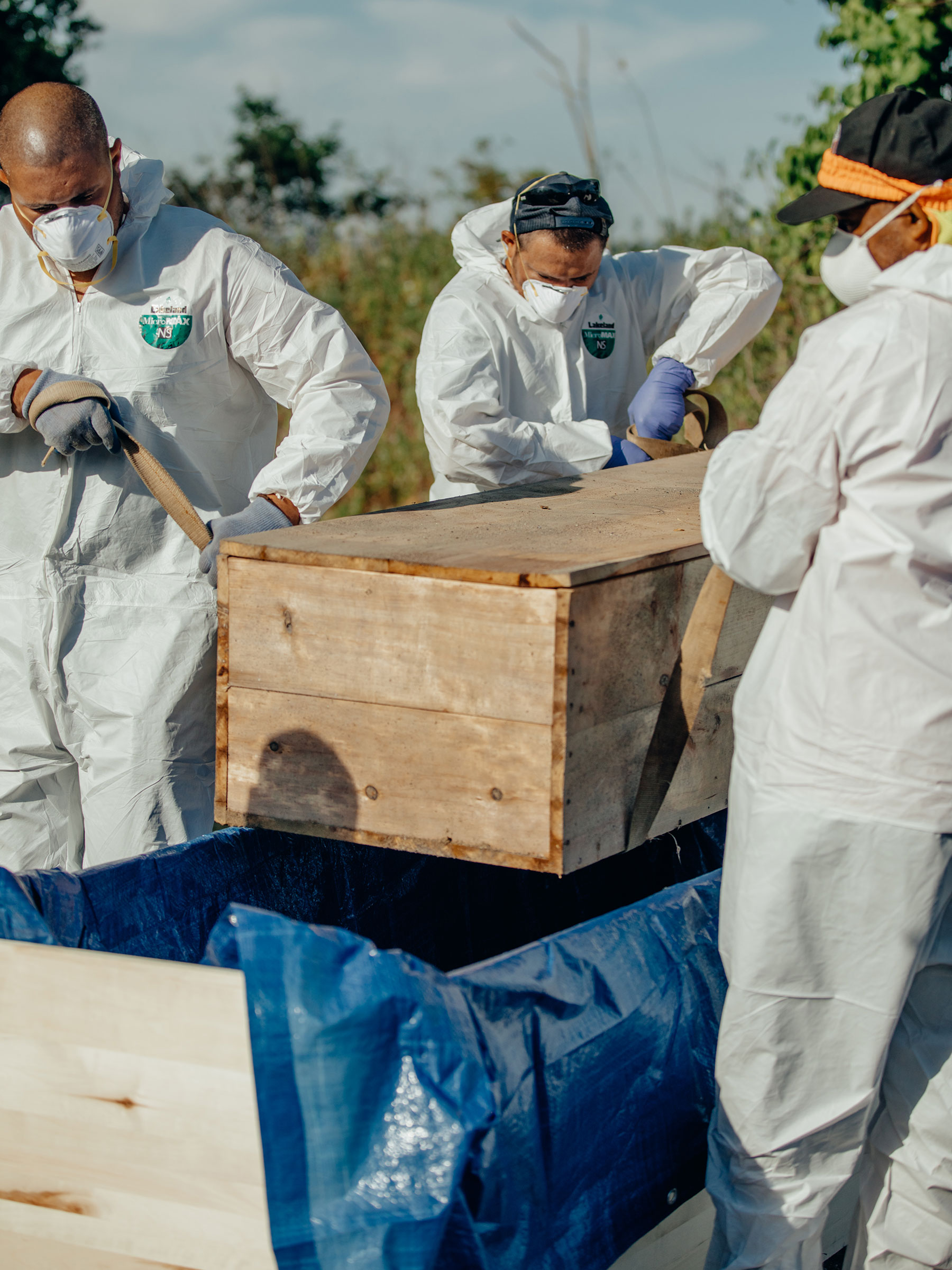
Then the city turned to contract laborers. On the first day, there were 40 workers who showed up for work, not knowing what the job entailed. When they found out the task at hand, 28 people left. “The remaining guys have stuck around ever since,” says Keron Pierre, 35, a laborer from Brooklyn. “We just have to try and think of it as any other job.”
When the truck carrying the caskets pulls to a stop at the foot of the trench, the laborers hold back from assembling for prayer with the staff chaplain. That’s when the reality of the day’s task becomes most clear. With each delivery since the onset of the pandemic, von Bujdoss, the head chaplain from the DOC, climbs atop the truck’s rear liftgate, stands over the coffins and reads out the names of those set to be buried, along with a Buddhist blessing and a few prayers. “Though I walk through the valley of the shadow of death, I will fear no evil: for thou art with me; thy rod and thy staff they comfort me,” he says, his voice resounding inside the cargo hold.
Once von Bujdoss concludes, the laborers emerge from a white and blue bus wearing hazmat suits, work gloves and protective masks. Some stay to off-load the truck while others plod into the trench. The first task is to write the names of the dead and their corresponding burial numbers in black chalk on the coffins’ lids and sides. Then the burial numbers are bored into the wood with a router to ensure they can be identified as the chalk fades over time.
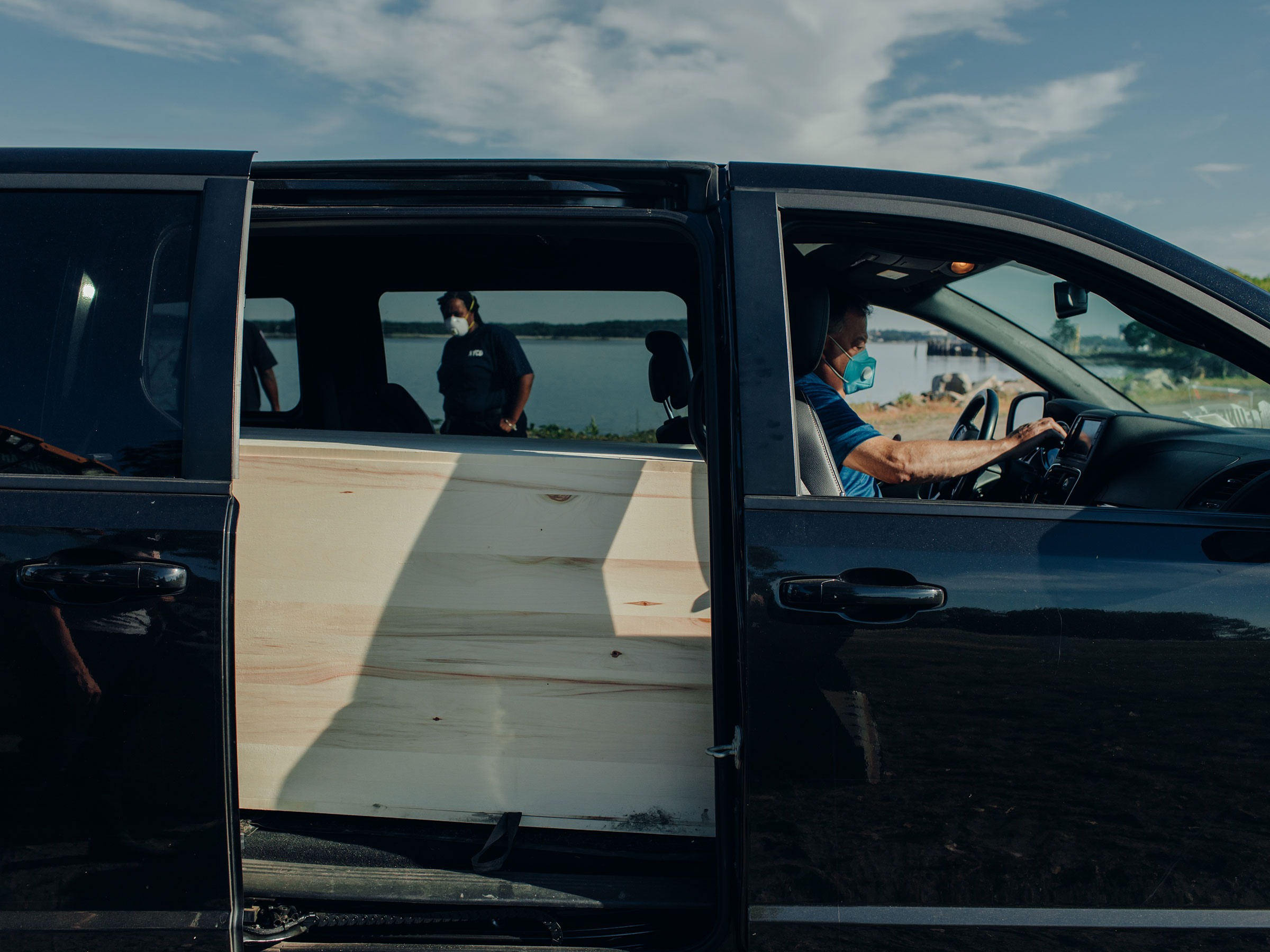
Two coffins are removed from the truck and placed on the front bucket of the skid-steer loader, then driven into the trench, where workers pull them off and force them into position, side by side in stacks of three. They fill the spaces between rows with shovelfuls of dirt. Correction officers dressed in crisp navy blue uniforms stand on the trench’s rim, 10 ft. above the hole.
On June 26, more than two months after Torron has been placed in Plot 401, the same team of workers stands near the grave, watching a black Grand Caravan approach from the end of the deserted gravel road. Behind it, the dust whips away like smoke. When the van arrives, funeral director James Donofrio steps out, smiling. “Good morning, Captain,” he says in a Brooklyn accent, offering Thompson paperwork that shows he’s authorized to take custody of Torron’s exhumed coffin.
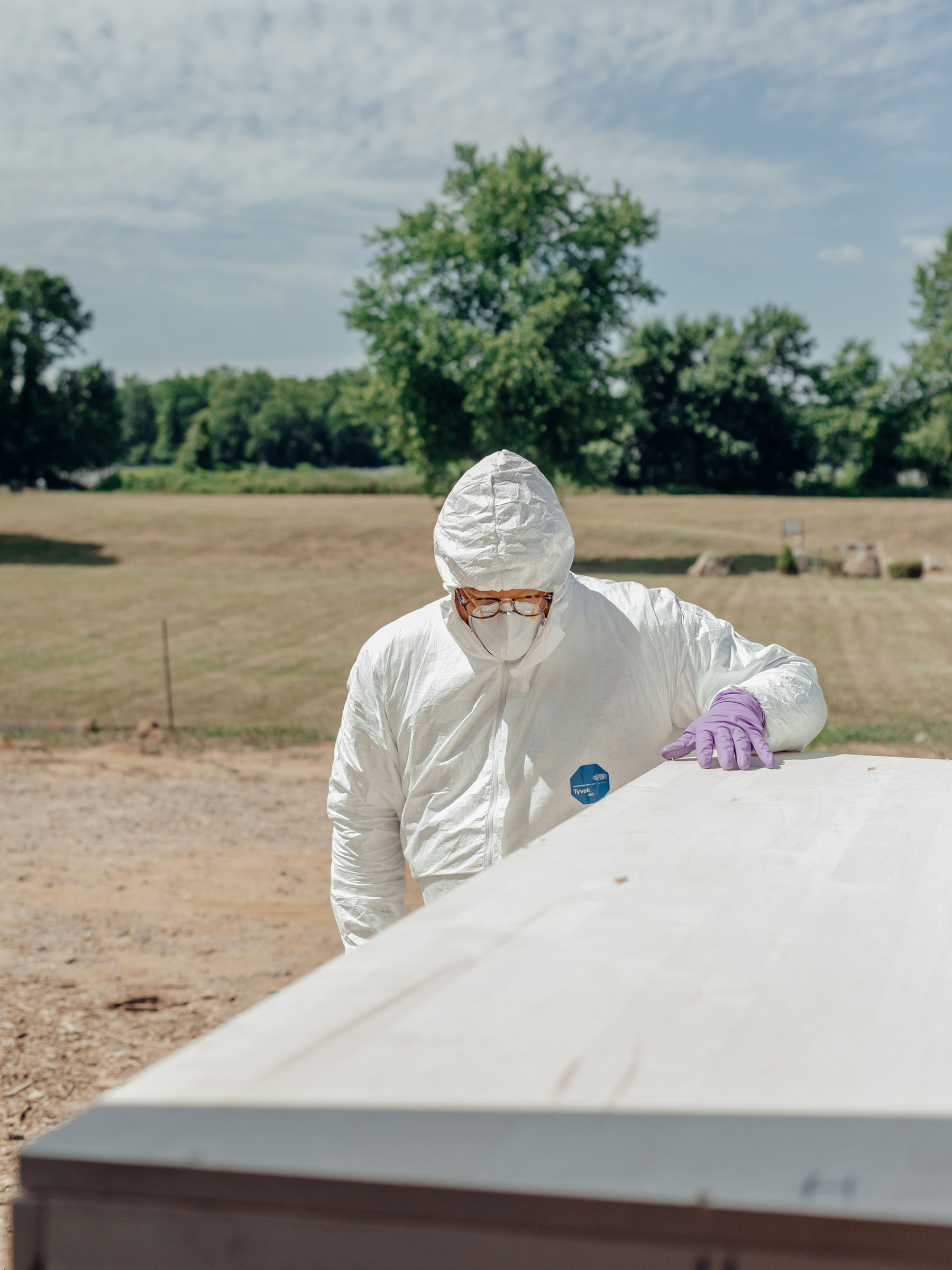
City investigators hadn’t been able to thoroughly search Torron’s apartment back in April, but they did happen to discover a birth certificate that showed she was born at the Jewish Maternity Hospital in Manhattan. The Queens County public administrator’s office knew that was enough proof for Hebrew Free Burial Association (HFBA), a 132-year-old nonprofit that offers low-cost and free burial for indigent Jews.
Donofrio, 61, was sent by the association to retrieve Torron’s body. He came prepared. To guard against the stench, he brought a second casket, large enough to accommodate Torron’s casket, which the workers lower into place. Then Donofrio spreads two 8.8-oz. packets of espresso coffee between the two. “If there’s a better way to soak up the smell, I haven’t seen it,” he says. After the crew helps squeeze the oversize coffin into the van, Donofrio sets off on a 37-mile trip to the opposite side of the city to bury Torron for a second time.
As the Grand Caravan pulls under the arches of HFBA’s Mount Richmond Cemetery on Staten Island, Donofrio is greeted by Rabbi Shmuel Plafker, 70, an Orthodox chaplain, who directs him to a squat one-story building nearby. Inside, Donofrio, Plafker and a group of men don head-to-toe protective gear, and Donofrio uses a power drill to remove the 12 screws holding the lids onto each of the two coffins. When the second lid is removed, Donofrio leaves the men to the ritual.
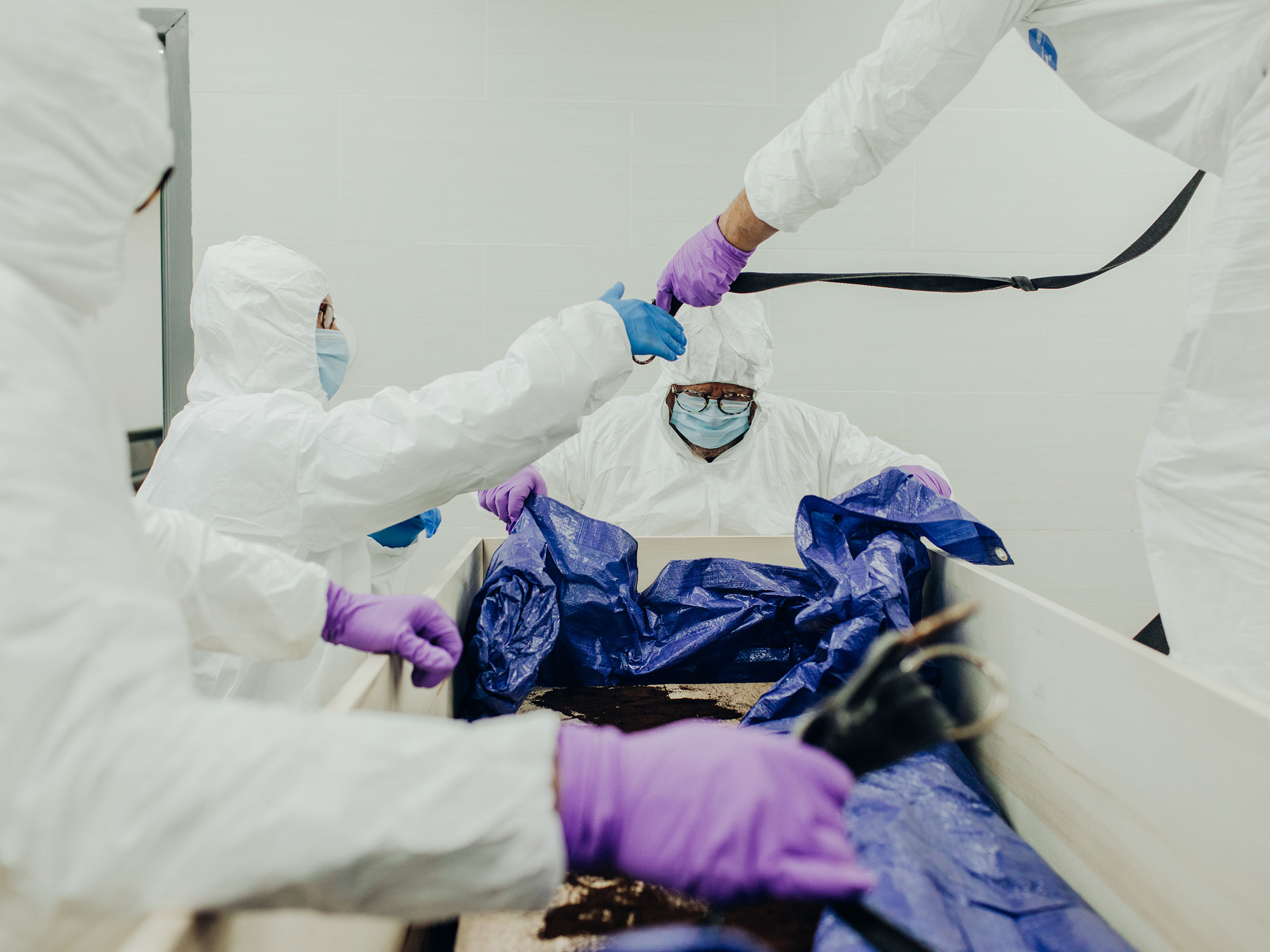
None of the men left behind in the sterile, windowless room had met Torron in life, none knew her religious convictions, and none have mortuary training. They voluntarily undertake the ceremony pursuant to Jewish law. Torron’s corpse is stripped of clothes and dressed in eight separate pieces of white linen clothing, including a bonnet, shirt, pants, gown and belt. She’s then placed back inside both coffins and secured with the screws and carried out the building feet-first.
The men lift the coffin into the back of a flatbed truck and make the short walk to Torron’s new burial plot, in Section 91 of the cemetery. The small group passes mounds of dirt piled atop freshly dug graves. They pass hundreds of tombstones, including 22 victims of the 1911 Triangle Shirtwaist Factory fire, Holocaust survivors and Soviet Union refugees who sought asylum in the U.S.
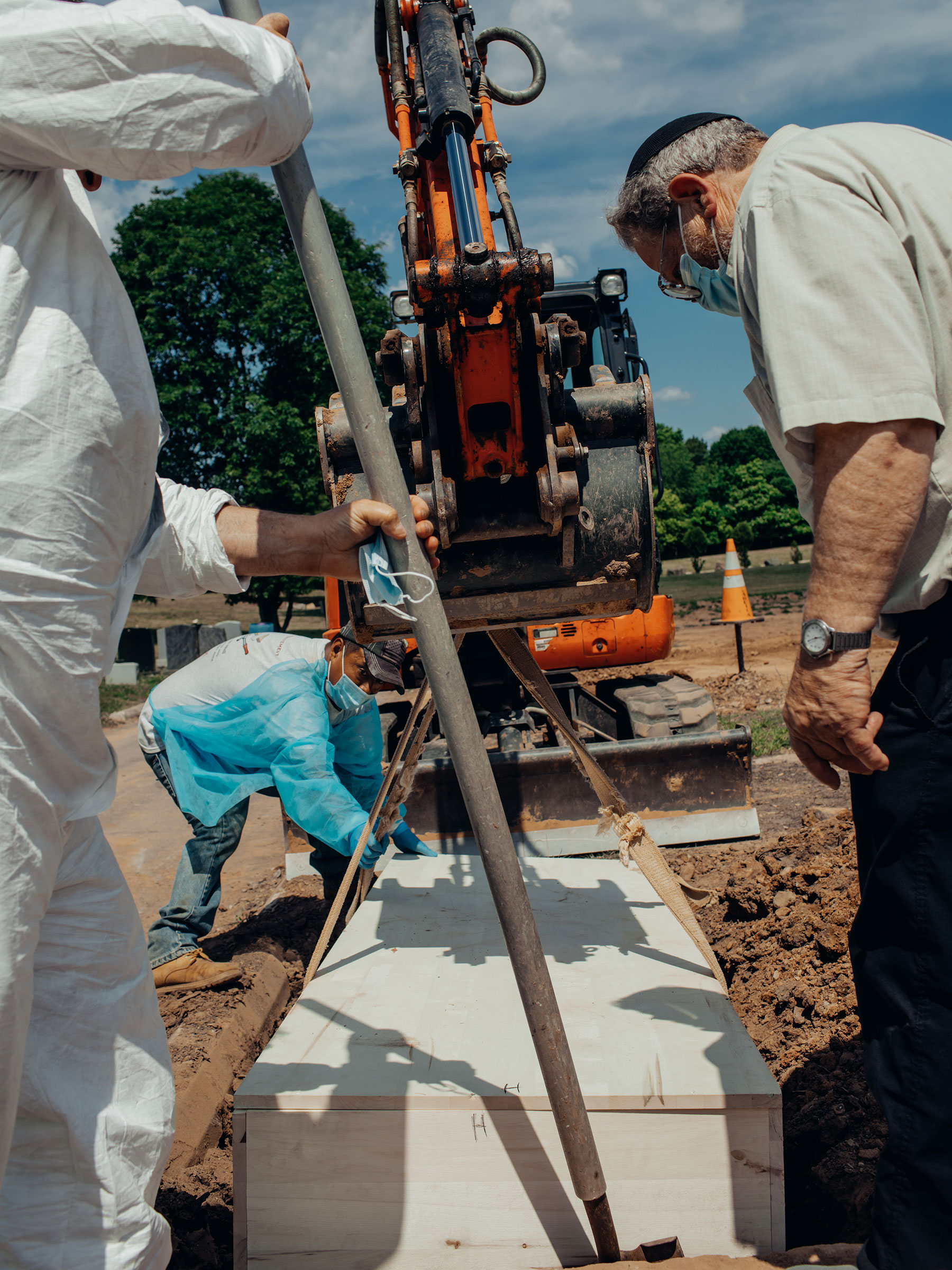
When they arrive at the empty grave, the workers from HFBA slowly lower Torron inside. Plafker, dressed in a cream-colored panama hat and gray suit jacket, opens a prayer book and begins reciting prayers in Yiddish:
Go in peace, rest in peace and arise to your lot at the end of days
May the omnipresent console you among the other mourners of Zion and Jerusalem
May they blossom forth from the city like grass of the earth
Remember that we are but dust
He throws a shovelful of soil into the grave. It lands on Torron’s coffin with a thump.
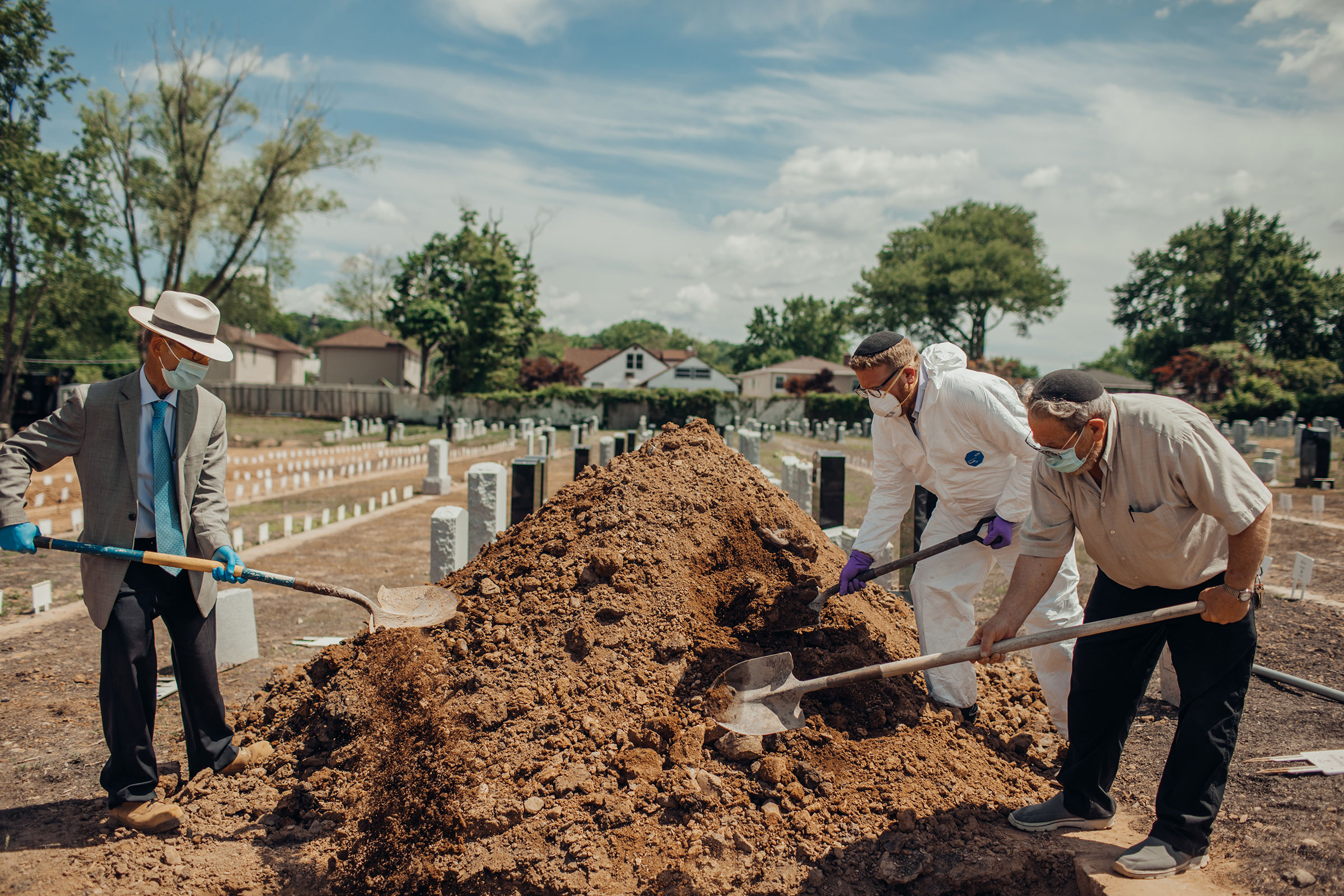
About a month after Torron was finally put to rest, Rhoda Fairman, 83, was at her West Village apartment when she spotted something on her kitchen table that took her breath away. A brochure from HFBA was open and facing up. Within the leaflet were the names of the 333 people the association had buried through the first six months of the year. “It’s the way it fell on my table—second page up—that I was able to see Ellen’s name,” she says.
The two women had worked together for more two decades as legal secretaries at the high-powered Milberg law firm in Manhattan in the 1990s and 2000s but had fallen out of touch. Most of the other 20 or so secretaries from the firm had kept tabs on one another over the years through Facebook. Torron, however, never created an account. Fairman always wondered what had happened to her.
Not many people managed to get close to Torron, but Fairman did. They’d share lunch breaks, go out shopping or schedule occasional museum outings. They were together on 9/11 when they witnessed the second plane hit the south tower from the 49th-floor office of One Penn Plaza.
Torron was born in Manhattan on Jan. 19, 1946, the only child of Polish and Lithuanian immigrants. She had lived on her own since she was 18 years old, and in her 40s, she put herself through school, attending Hunter College and graduating in 1988 with a double major in English and classical studies. Fairman says Torron was the sort of woman who should’ve been born in another era because she’d likely have been a lawyer herself. “She was a victim of the times, honey,” she says.
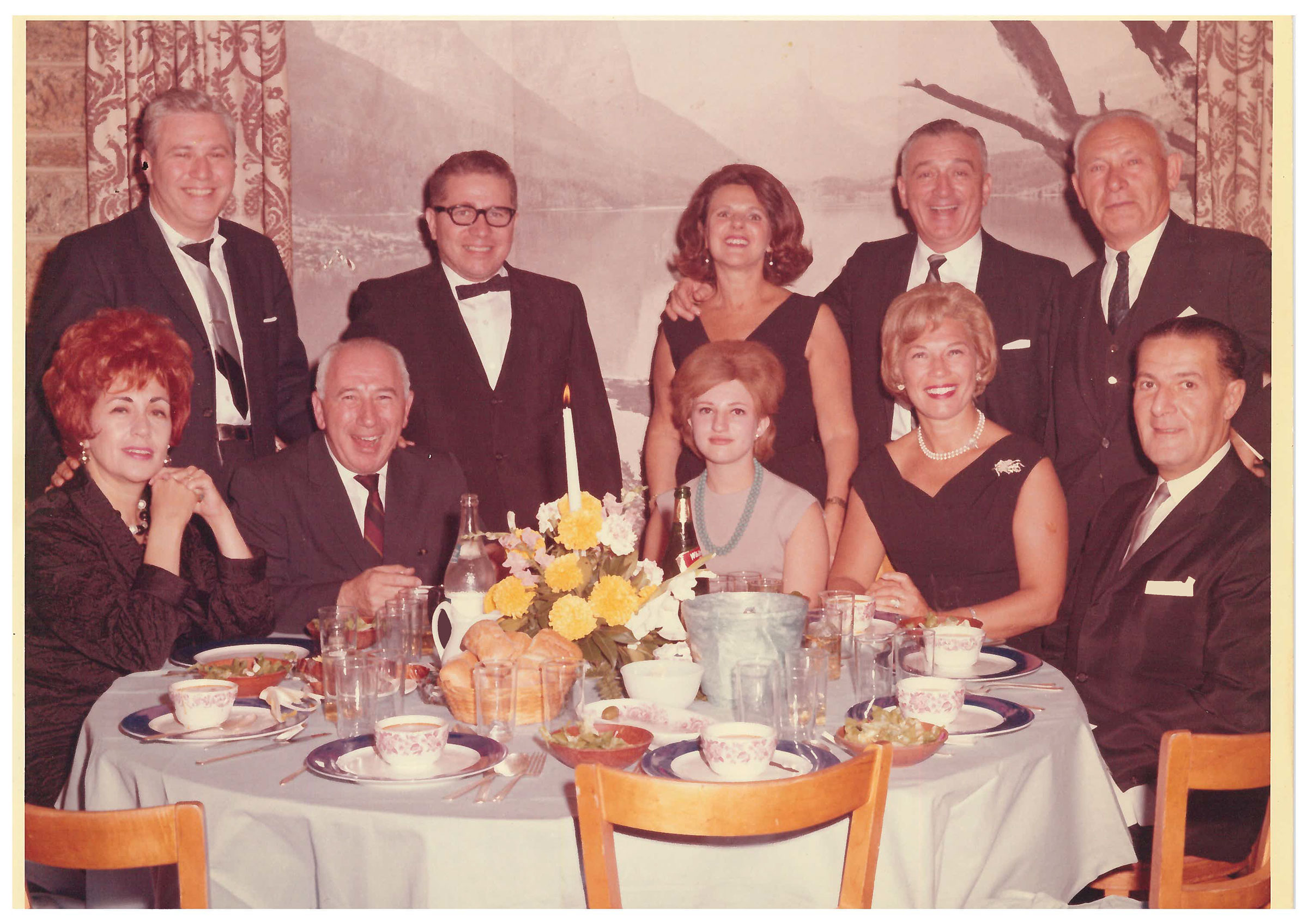
As far as Fairman or anyone knew, Torron never married. She claimed to have a daughter who lived in Brazil, but no one in the office ever met her or even saw a picture. “Ellen was a bit of a mystery,” says Sanford Dumain, a lawyer for whom Torron worked for more than two decades, until her retirement in 2015. “I thought she might’ve been a Russian spy.”
He was only half joking. Torron was seen as something of a loner around the office but also known to be intelligent and well traveled—though she also traveled alone. TIME joined Queens County public administrator investigators when they visited her unit in July. Amid the disorder, her bookcases were tidy and lined with shelf after shelf of language and travel books.
These items were of little interest to the two men hunting for clues on settling Torron’s estate. To them, finding a will was more valuable than finding a suitcase of cash. Yet no will turned up. They resorted to requesting that the post office forward her mail, but nothing significant came in eight months. Torron received 401(k) returns, bank statements, a lot of junk mail, but not a single letter from family or friends. Nor was there a sign she had a daughter, despite what she had told co-workers.
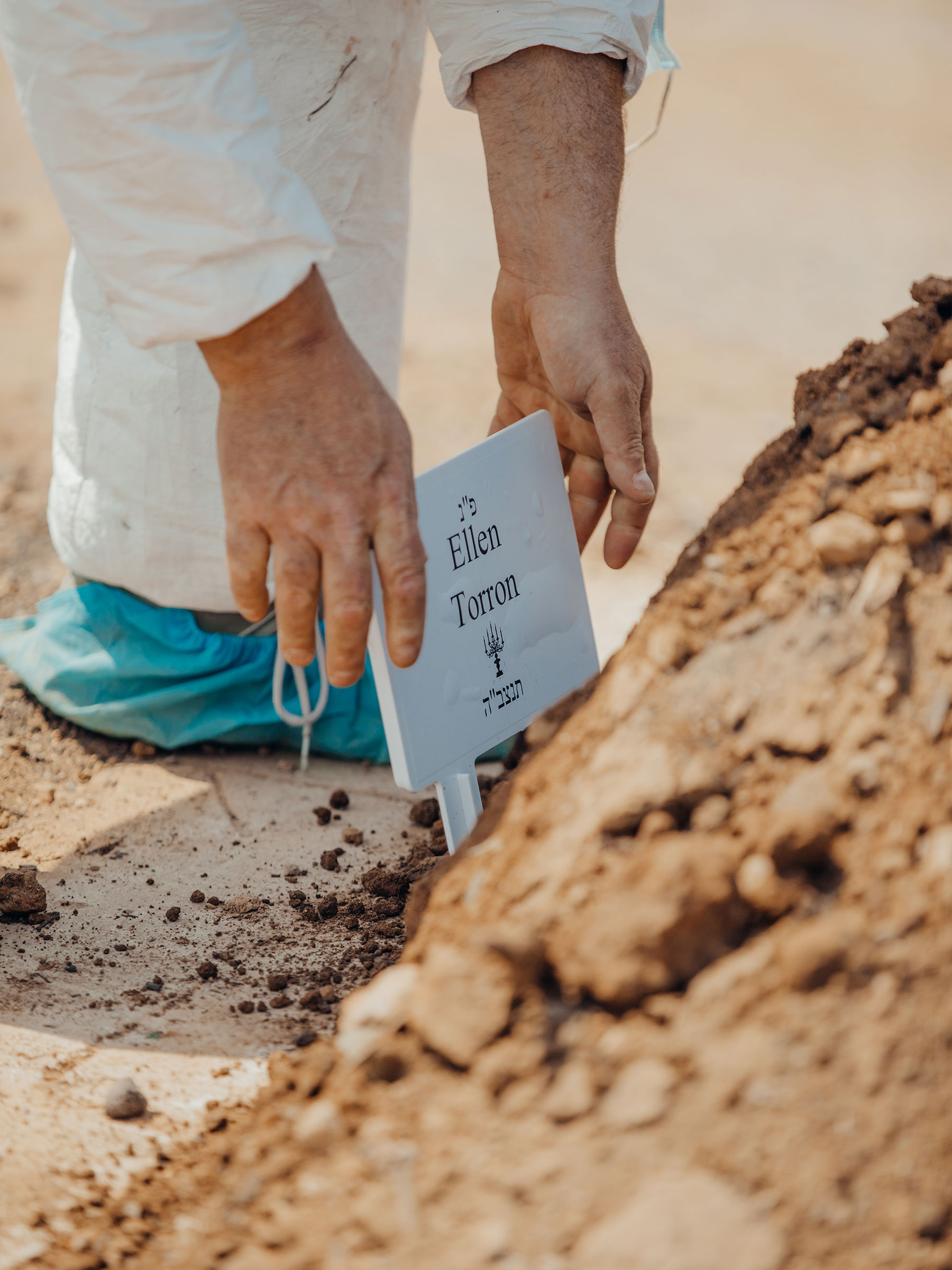
Investigators did discover that Torron had a total of $56,148.85 in two Chase banking accounts and an estimated $2,560 worth of jewelry, including a pearl necklace, silver brooches and ruby-diamond earrings. By law, the Queens County public administrator’s office must attempt to track down next of kin to distribute the estate. The only family that the public administrator has identified thus far are several first cousins once removed, the furthest relatives eligible to lay claim to an estate.
One of those cousins is Meryle Mishkin-Tank, a 56-year-old paralegal who lives in the San Francisco area. Not only has Mishkin-Tank never met Torron—she didn’t even know she existed. Now most days after work and on weekends, she’s trying to uncover details about Torron’s life and death. She’s learned of—and contacted—five new cousins and an aunt through genealogy research. “It doesn’t sound like any of the cousins knew anything about Ellen,” she says. “It’s just sad.”
Though she grew up in Manhattan, Mishkin-Tank didn’t know much about Hart Island or Mount Richmond Cemetery, where Torron was buried in June. Through her research, however, she found that Torron’s paternal grandfather, Zelman, and grandmother and likely namesake, Elka, are also buried at Mount Richmond. In fact, their graves are located a short walk away from their granddaughter’s plot.
—With reporting by Currie Engel/New York
More Must-Reads from TIME
- Donald Trump Is TIME's 2024 Person of the Year
- TIME’s Top 10 Photos of 2024
- Why Gen Z Is Drinking Less
- The Best Movies About Cooking
- Why Is Anxiety Worse at Night?
- A Head-to-Toe Guide to Treating Dry Skin
- Why Street Cats Are Taking Over Urban Neighborhoods
- Column: Jimmy Carter’s Global Legacy Was Moral Clarity
Write to W.J. Hennigan at william.hennigan@time.com
